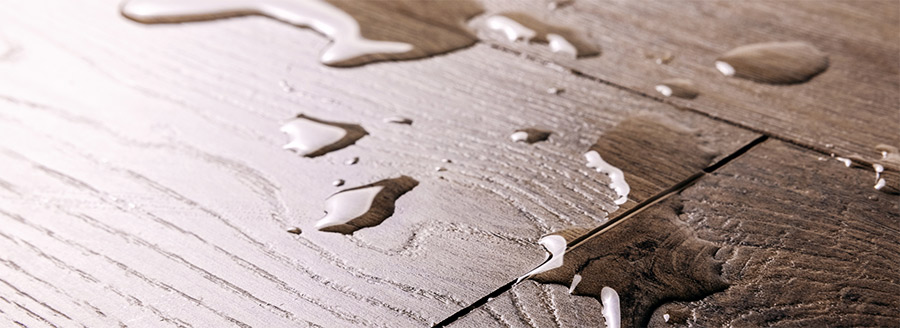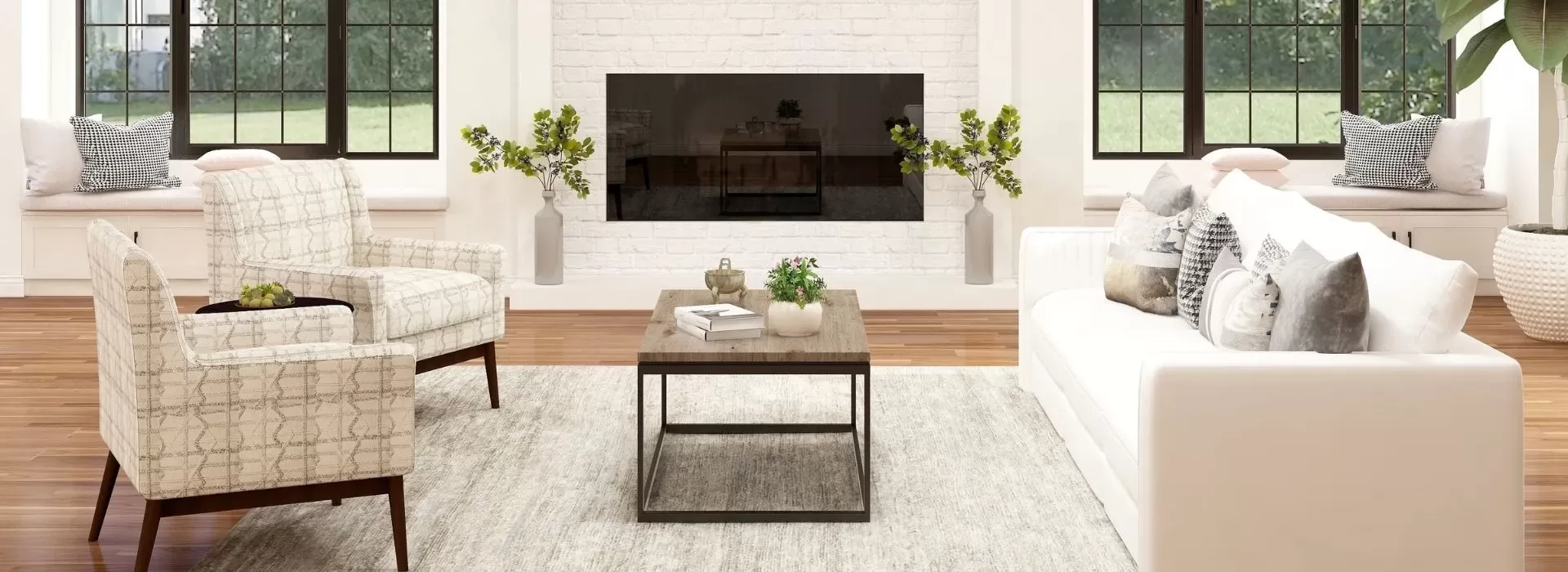
Laminate flooring has become a popular choice for homeowners seeking a cost-effective and stylish alternative to hardwood or tile. With its durability, versatility, and affordability, laminate offers an attractive option for any room in the house. However, with so many options available, choosing the right laminate can be overwhelming. In this buyer’s guide, we’ll explore key factors to consider when selecting laminate for your home.
Understanding Laminate Flooring
Laminate is a synthetic product composed of multiple layers fused together through a lamination process. These layers typically include a wear layer, decorative layer, core layer, and backing layer. The wear layer provides protection against scratches and wear, while the decorative layer mimics the look of natural materials such as hardwood, stone, or tile. The core layer, usually made of high-density fiberboard (HDF) or medium-density fiberboard (MDF), provides stability and moisture resistance. Finally, the backing layer adds additional support and moisture protection.
Key Factors to Consider when Purchasing Laminate Flooring
Style and Design: Laminate comes in a wide range of colours, patterns, and textures, allowing you to achieve the look of hardwood, tile, or stone without the expense. Consider your existing decor and aesthetic preferences, or put together style ideas using free tools such as Pinterest, when selecting the style and design of laminate flooring that best suits your space.
Durability: Ask your flooring expert about the materials used in the plank’s composition and look for laminate flooring with a high Abrasion Class (AC) rating for the highest rated durability in those high-traffic areas (the higher the AC, the stronger it is against scrapes and scuffs). Additionally, opt for laminate with a thick wear layer to ensure long-lasting performance.
Thickness: The thickness of laminate can vary, typically ranging from 6mm to 12mm. Thicker laminate tends to be more durable and stable, with better sound insulation properties. Consider the traffic levels in your home and the subfloor condition when choosing the appropriate thickness of laminate flooring.
Installation Method: Laminate flooring is available in different installation methods, including glueless click-lock systems, glue-down applications, and pre-glued options. Choose an installation method that aligns with your DIY skills, time constraints, and budget.
Water Resistance: While laminate flooring is inherently more water-resistant than hardwood flooring, it is still susceptible to moisture damage if exposed to excessive water or spills which are left and allowed to air dry. Look for laminate with water-resistant properties, such as moisture-resistant cores and sealed edges, especially for areas prone to moisture such as kitchens, bathrooms, and basements.

Budget: Laminate flooring is an affordable alternative to hardwood, tile, or stone flooring, making it a budget-friendly option for homeowners. Consider your budget constraints and the long-term value when selecting the right laminate flooring for your home.
Choosing the right laminate flooring for your home involves considering various factors such as style, durability, thickness, installation method, water resistance, and budget. By understanding the key factors outlined in this buyer’s guide, you can make an informed decision that meets your aesthetic preferences, lifestyle needs, and budget constraints.
continue reading
Related Posts
Choosing the right flooring for your home is a crucial […]




